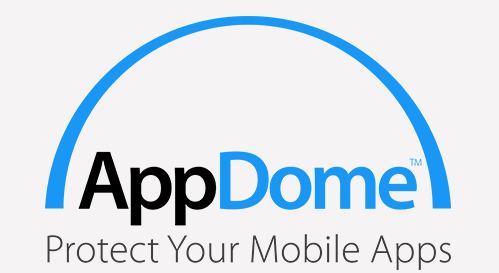Fintech News Issue #199 January 10th, 2019
Podcasts & Videos
How blockchain, smart contracts could upstage banks
— via American BankerIts early days yet, but decentralized apps will democratize finance, says Andrew Keys, cofounder of ConsenSys Capital, the venture capital arm of ConsenSys, a Brooklyn-based company that fosters the development of decentralized blockchain services and applications.
Top Stories
Why Banks Need To Care About Emotional Banking Before It’s Closing Time
— via Duena BlomstromAlmost 5 years ago I came up with the concept of “Emotional Banking™” which can only be described as an overall amount of outrage in the face of a stark reality: retail banks spend little to no time, effort and money on investigating the consumers’ feelings about their money.
Free Webinar – Make Your Customers Invest in Your Insurance Products & Services by Marketing True Value
— via SponsoredInsurers have never offered such exciting products and services. The real challenge is convincing existing and new customers of the true value of the offerings through an effective marketing and communications campaign. Join the free Insurance Nexus webinar with invaluable insights from Tapoly, so-sure and Aite Group.
Not too long ago the prevailing mindset among banking industry pundits was that fintech startups would disrupt and displace incumbent banks. That view has evolved to "banks and fintechs will partner."
FinTech Articles
Fintech Revolution Still Not Here a Year Into ‘Open Banking’
— via BloombergWhen European lawmakers ushered in the era of "open banking” for consumers one year ago, both lenders and financial technology startups expected a sea change. For the first time, banks would be required to share account data with competitors as long as customers gave their permission.
TL;DR None of the challenger banks use blockchain, the guy who’s leading the most popular smart contract platform (Ethereum) say’s it’s a bad idea. So, I mean read on…but. No, don’t use a blockchain or smart contracts for the love of god.
Are People Happy With Their Bank? Study Reveals Blind Spots and Problems
— via The Financial BrandResearch reveals what really drives people's satisfaction with their primary banking provider, and weak spots that smart institutions can exploit. Financial institutions need to understand consumers' priorities, particularly how important it is to handle problems when they arise.
Study: Most Consumers Have No Clue What Financial Marketers Are Talking About
— via The Financial BrandRetail bankers keep trying to reach consumers but often they're not getting their messages through. Common communication faults, like using overly complex terms and putting things in a passive way, can undermine not only understanding but also trust. ROI on websites, marketing, and more will rise when financial marketers pick plain English.
Biggest Threats to Banking in 2019: Fees, Lousy Tech and Digital Disruption
— via The Financial BrandCharge consumers for overdrafts and they get mad. Give them a poor digital experience and they may leave. Four separate studies highlight how consumers now feel more empowered than they ever have before, with new options for financial services that extend well beyond traditional banks and credit unions. Anything from bad service and fees to lousy tech or ethical issues can spark the switch.
How will artificial intelligence ultimately benefit the financial services sector?
— via IT Pro PortalThis explosion in the number of the digital payments creates a problem which will also need AI to solve.
Top 10 Retail Banking Trends and Predictions For 2019
— via The Financial BrandThe 2019 Retail Banking Trends and Predictions report combines the insights crowdsourced from a panel of financial services influencers, industry analysts and banking providers with the results of a major global research study. This is an excerpt from the 118-page report.
Why the next big thing in fintech is not mobile payments
— via Tech in AsiaIn October 2018, Grab raised US$200 million to expand its fintech offerings. That means it’s no longer just a ride-hailing service: it is now one of Southeast Asia’s largest non-bank financial firms, offering payments, microloans, and other services. In fact, it handles more than 1 billion financial transactions every year.
Zooming out on Capital Markets and Wealth management
— via Daily FintechA New Year doesn’t always necessarily mean a new mindset but it does allow us to reflect and zoom out.
2018: The Year that Banks and Fintech Started to Figure Things Out
— via Lend AcademyWe look back on all of the significant bank and fintech partnerships struck in 2018.
Blockchain’s Occam problem
— via McKinseyBlockchain has yet to become the game-changer some expected. A key to finding the value is to apply the technology only when it is the simplest solution available.










